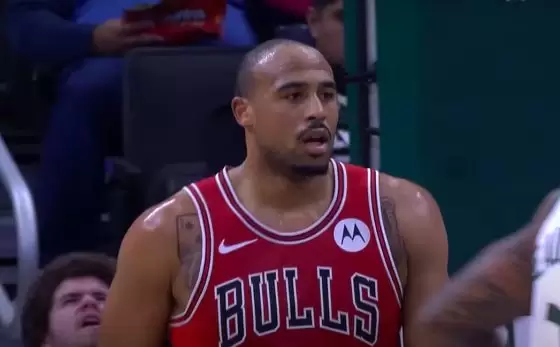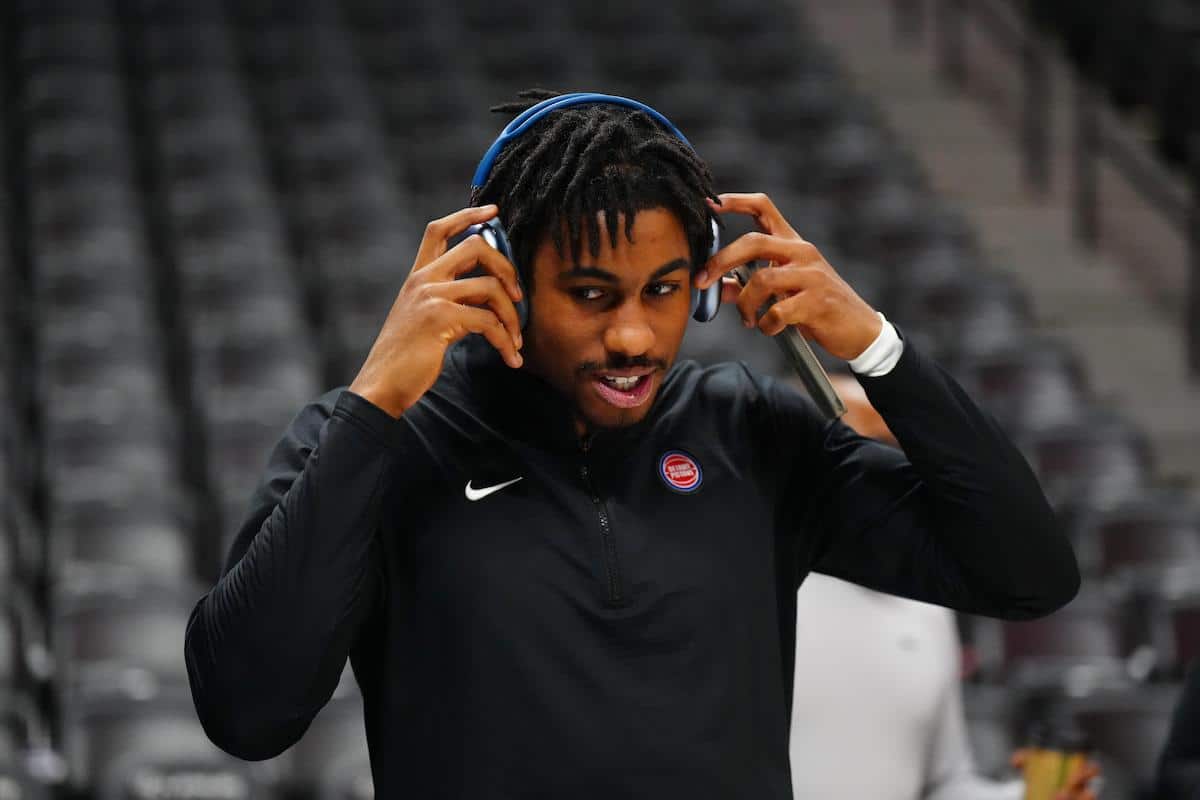Change is hard. Even when you’ve been handsomely rewarded for what you’ve already done, even when you’re surrounded by so much talent, and even when you’ve hit the prime of your career, change is hard.
Of Boston’s top-6 players, Jaylen Brown arguably has the biggest adjustment to make. Jayson Tatum is going to be Jayson Tatum. Jrue Holiday and Derrick White’s responsibilities might be shared, but their role on the floor is more or less the same. Kristaps Porzingis and Al Horford will be relied on to take advantages on the block and stretch the floor out to beyond the arc, just like they have for the last five years.
But for Brown, it hasn’t been that simple.
At shootaround before tipoff against the Nets, Brown said of the team’s developing chemistry and how the pieces are fitting so far, “I just think it’s about common sense, growing, being better basketball players, taking great shots, being the smarter team, really thinking the game. Instead of just rolling the ball out and just. Playing, it’s about outsmarting the other team.”
After three strong games against the Heat, Wizards, and Pacers, he didn’t have his best game in Boston’s 124-114 win in Brooklyn — 23 points on 7-of-22 shooting (2-for-11 from behind the arc) with five rebounds and four assists — but he’s still finding himself on the offensive side of the ball.
Regardless of who’s on the floor, one of head coach Joe Mazzulla’s directives for Brown is to score in transition and early in the half court. Nearly 40% of his shot attempts are coming in the first nine seconds of the shot clock.
He’s hunting mismatches crossing midcourt and either going right into his mid-range game or backing down smaller guards in the post. That’s been part of “outsmarting” defenses. It’s not exactly rocket science, but with Brown’s athleticism and ability to get downhill, the simplicity of being a driver early in the clock has been effective so far and he’s seen a rise in his unassisted field goal rate. Over the last three seasons, that’s hovered around the 45% mark, but this year, a whopping 68.6% of his buckets have been self-generated.
His passing is down, too. Brown’s assists are down from 3.5 per game over the last two seasons to 2.6 through five games this year, but he’s developing a clear connection with Porzingis. Throughout training camp and over the course of the last five games, Brown has been effusive about looking for KP out of pick-and-roll and pick-and-pop opportunities. Of Brown’s thirteen assists this season, more than half of them have gone to the big man.
There have been some bumps for sure. Just like last season, Brown has been tasked to help carry the bench when they enter midway through the first and third quarters with Tatum getting a breather. This year, he’s usually out there with either Porzingis, Holiday, or Horford plus the second unit trio of Payton Pritchard, Sam Hauser, and Luke Kornet or Oshae Brissett. Over the last three seasons, those lineups were usually doomed; the Celtics were over 7 points worse with Brown on the floor without Tatum vs. Tatum without Brown. He’s not the playmaker that Tatum is, and that could be in part due to Brown being near empty on his gas tank. So far this year, it hasn’t been great, but they’ve at least treaded water with the help of another top-6 starter on the floor with him.
Here’s some insight from Eric Weiss, Director of Learning & Development at Luceo Sports:
After finishing on the All-NBA Second Team in 2022-2023, Brown’s numbers are down across the board. His efficiency has taken a hit and he’s got fewer shot attempts and points per game. He’s not necessarily better or worse, but just different and that change has been hard.





